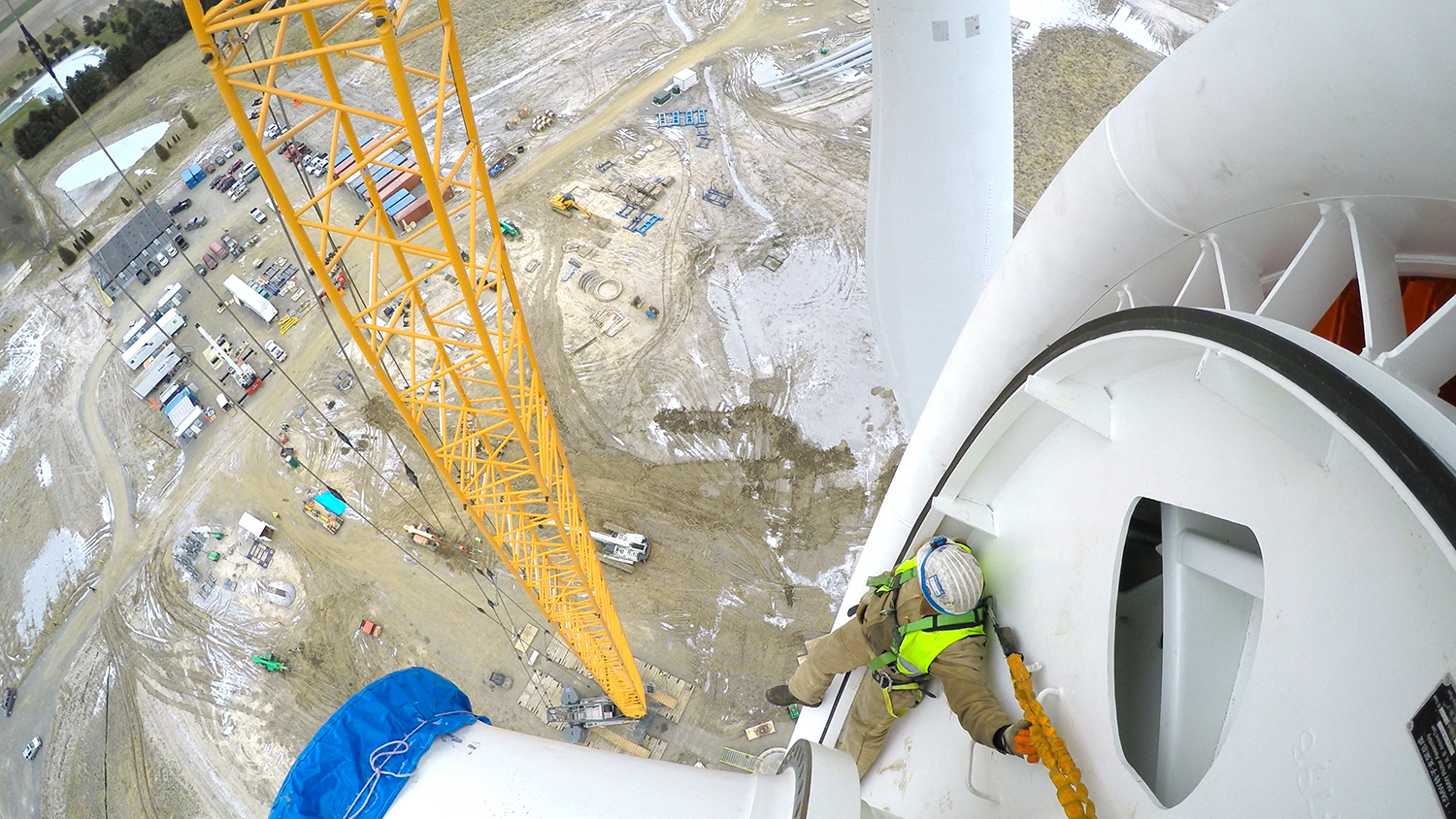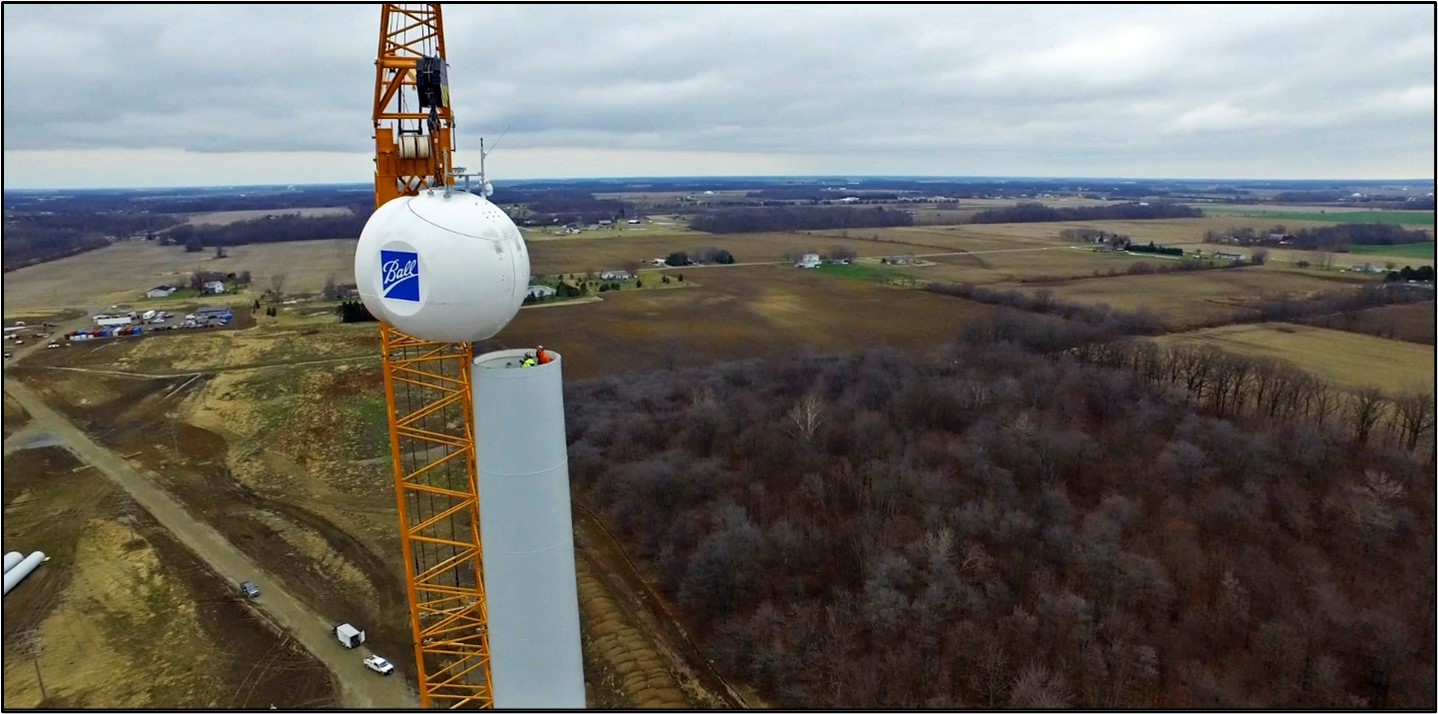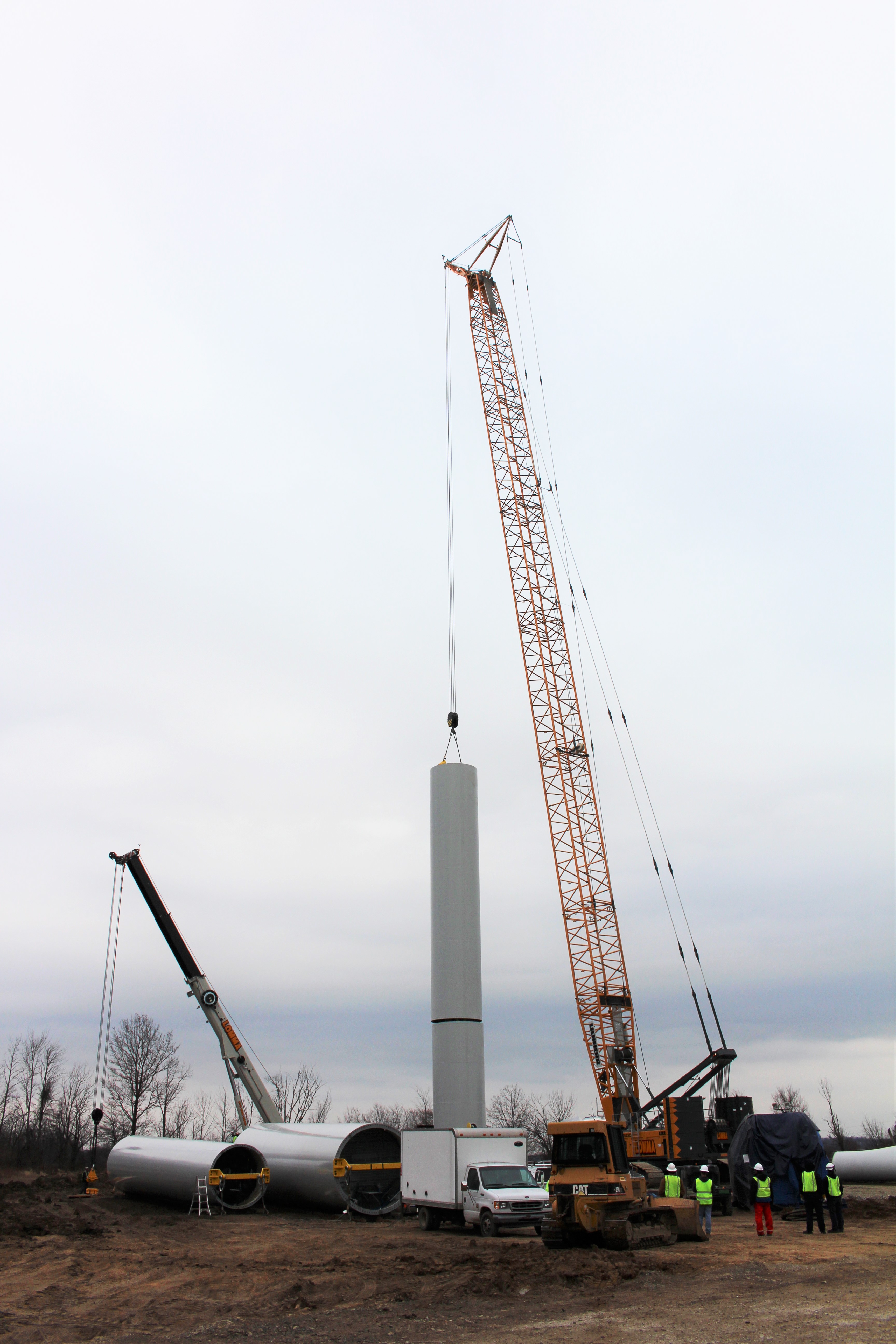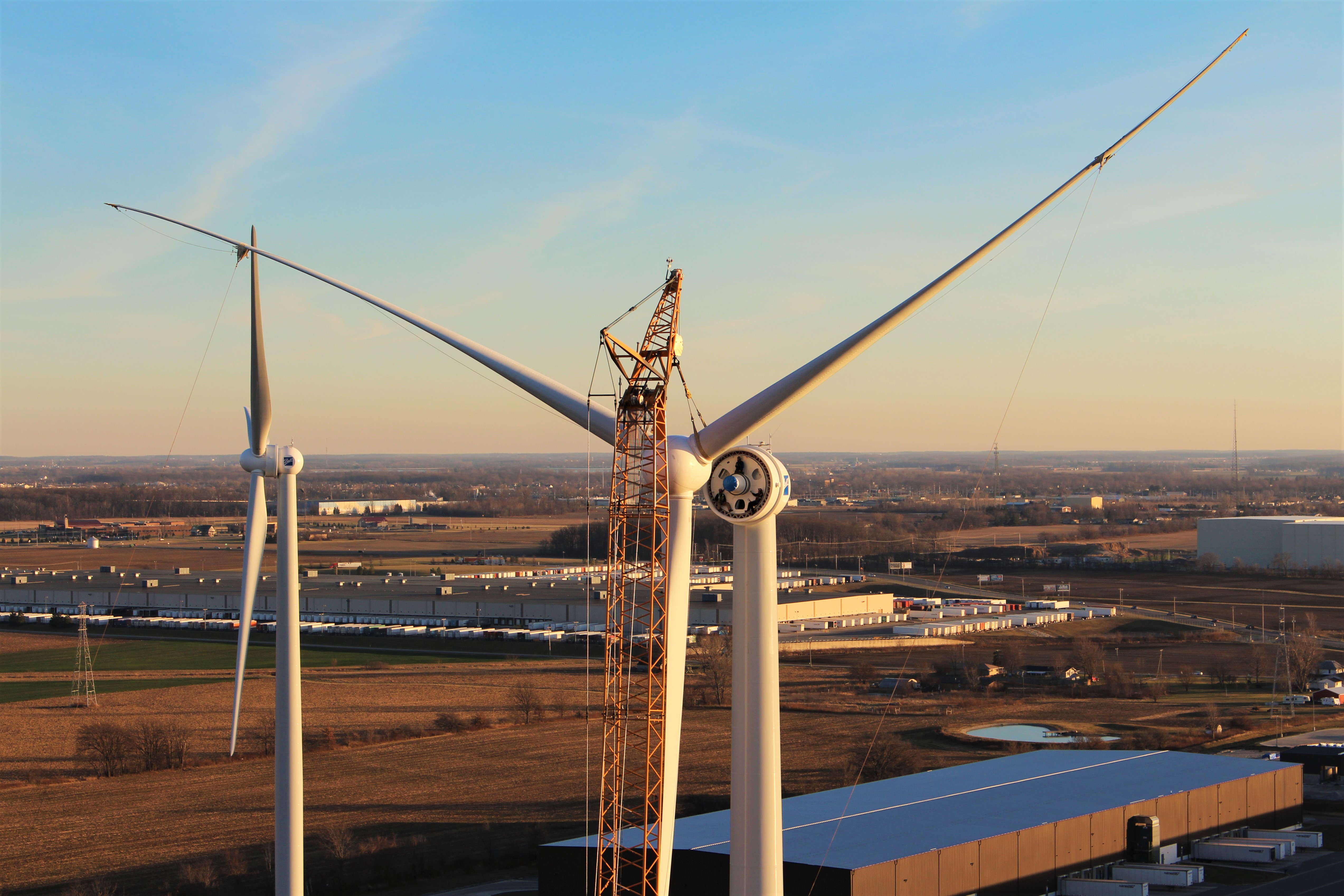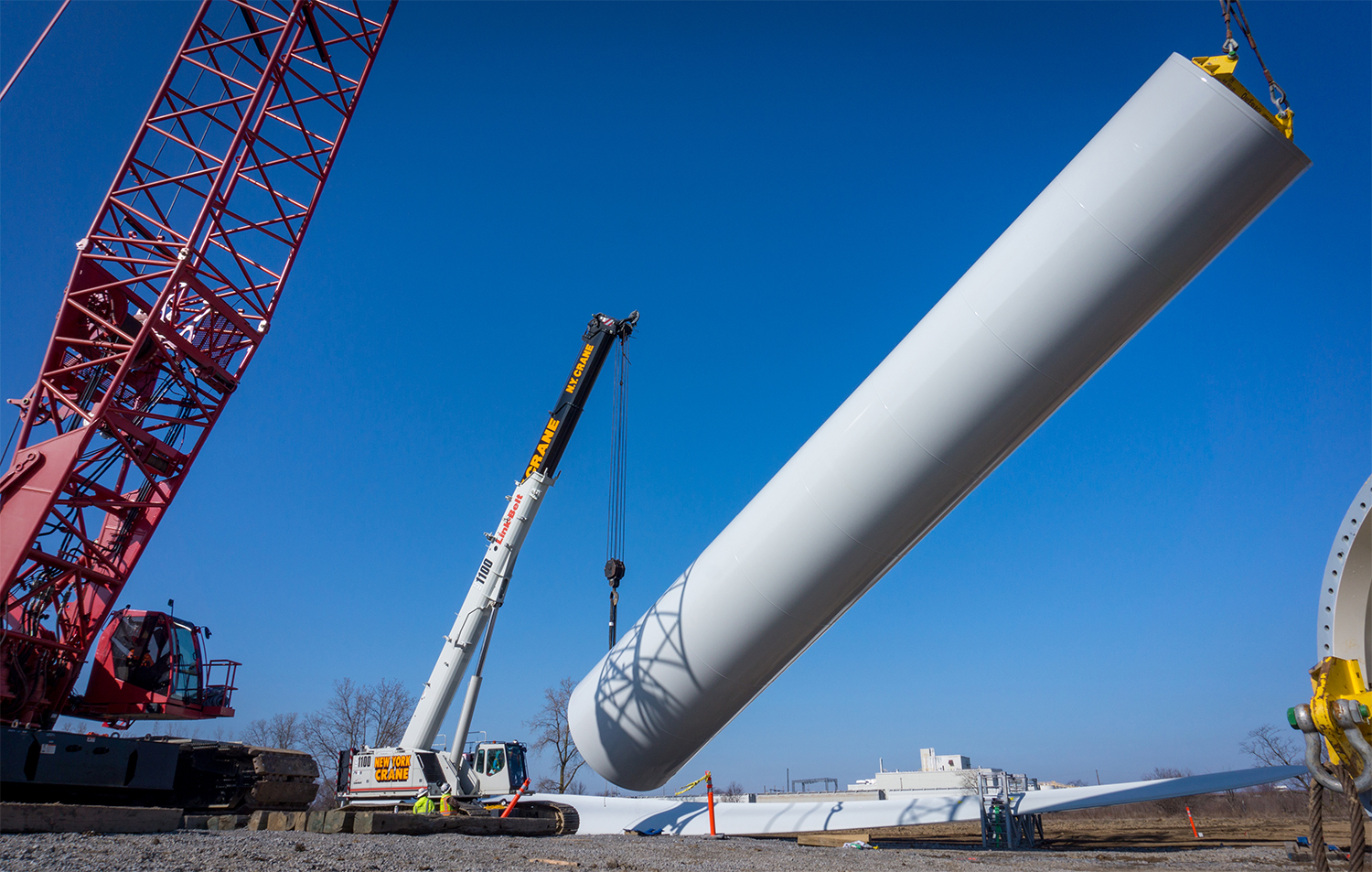My biggest professional fear isn’t what you’d think. I’m not afraid of failure; that will always be a possibility. I’m not afraid of getting someone hurt; I’m confident that we have done everything we can to create safety controls and enable a safe culture. I’m not afraid of losing control of the company; that is a part of growth and making the company something bigger than me.
My biggest professional fear is losing touch with the front line.
The front line is where a company’s values and aspirations are put into action. The front line is the people who are creating product, who are interacting with customers and vendors – the people who are building, and who are maintaining. The front line is the company, and if I lose touch with front line, that will be the beginning of the end.
I worked for several companies before I decided to start One Energy. I worked through countless toxic environments. In every case, I believe the root cause of each company’s issues was that senior management was completely disconnected from the front line. I would sit in meetings with the CEO who proclaimed, “we will spare no price for safety” and “everyone is empowered to stop work for safety.” Then a few days later, I would be on site witnessing a Project Manager trying to overrule a crane superintendent, saying “go ahead and make the lift – it’s just a little over the weight limit.” The CEO thought he was running one company; the reality was that his organization was a different entity entirely.
One of our large suppliers offers a similar cautionary tale. I know the international founder and his original team well. They are some of the most impressive executives I have ever met, and they have built a great global company. But in doing so, they have lost touch with their front line. They have hired a series of local, country-specific executives, and in doing so they have lost their soul. One current local executive is an incompetent pompous individual who has the technical understanding of a goldfish. He does not embody the virtues of the leaders who spent decades building the company. He does not advance the product; nor does he build lasting relationships with customers. He acts as though the U.S. subsidiary is his company and a source of personal power. He has made dozens of decisions that hurt the company both in the U.S. and worldwide. He goes on tirades to try to prove he is right and in doing so, ignores the best interests of the company. To prove a point to me (his customer), he once insisted that a product warranty be moved from one contract to another. He was so blind by insisting he was right that he failed to notice that he was doubling the warranty liability for his company by duplicating the same limit in the new contract for the extended warranty that was in the original warranty. Essentially, he created $20MM in unnecessary new liability for his company to prove a point.
There is no way the global executives of this supplier know what is happening on their front line. They have lost touch, and their once-great company is quickly becoming an embarrassment that is destined to fail if they don’t make a major change soon.
Staying in touch and well aligned with the front line is the hardest part of my job. Most of the people on the front line at One Energy have very little tolerance for what I call executive puffery. They often tell me things I don’t want to hear, and frankly, they are not very good at the compliment sandwich. But these are the things all executives need to hear, and their candid, honest feedback is incredibly valuable.
One of the things we do to help me stay aligned with the status of One Energy’s front line is what we call “Pink Sheets.” I stole the idea from Admiral Hyman Rickover. The “Pinks” were the last carbon copy sheet from a work order in the nuclear navy, and every pink sheet made its way to the Admiral. While those in the chain of command could add comments to the sheets, they could not delete anything. So every single qualified frontline worker knew that their words would be read by the Admiral. And the Admiral knew, directly from the front line, how things were going.
Our Pink Sheets are filled out every Friday by everyone in the company and they ask the same four questions every week:
What did we do right this week?
What did we screw up this week?
What do we need to do better next week?
What is the single biggest threat to the company?
Those sheets annoy people, but they have solved more problems than I can count. I read every single one, sometimes I write back, and when action is needed, you better believe it is taken. Those sheets are my fail safe with the front line. They are candid, and they are an honest accounting of the week. And that is what executives need to stay grounded and in touch with the front line. They are just one of the tools I use every week to make sure I don’t lose touch and end up like the cautionary tales of my large supplier or former employer.
Fear is a great motivator. If more executives feared losing touch with the front line, we would have better companies, and we would have safer companies. I am afraid of losing touch with the front line, and I respectfully submit that fear, in this case, is a great thing.
Jereme Kent is the CEO at One Energy.
Learn more about Jereme and the One Energy team.




























